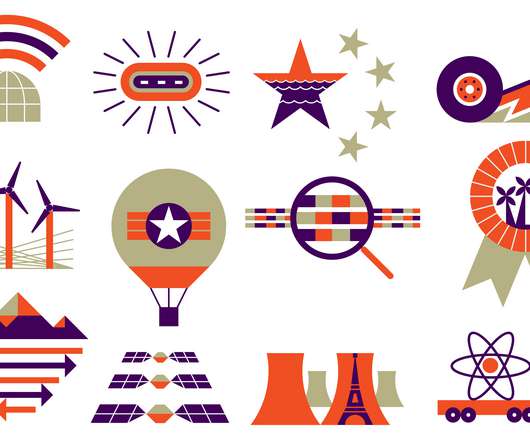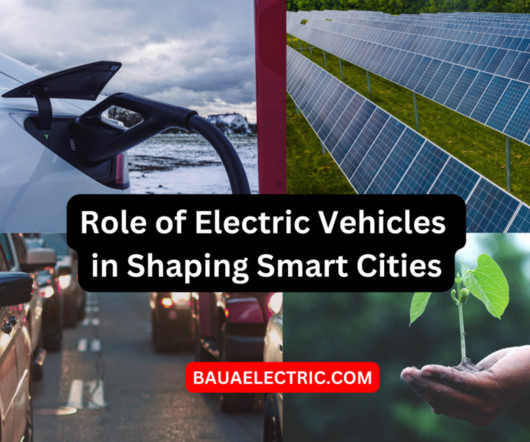Audi introduces new CNG A3 Sportback
Green Car Congress
SEPTEMBER 16, 2020
TFSI engine produces 96 kW (131 PS) and generates 200 N·m (147.5 The cylinder head, injection system, turbocharger and catalytic converter were modified accordingly for the CNG engine. More than half of them sell biomethane produced entirely from waste, and this number is increasing. The A3 Sportback 30 g-tron 1.5

























Let's personalize your content